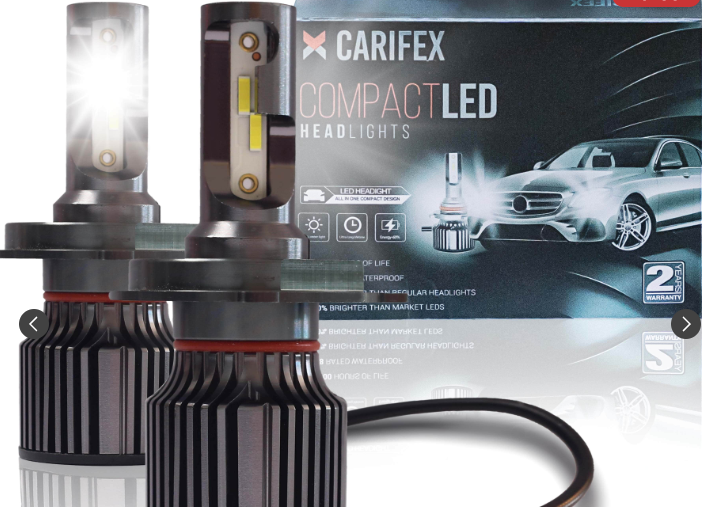When a car engine produces that loud, revving sound, drivers take notice. For automotive enthusiasts, it might elicit excitement about power and performance. For others, it could raise concerns about potential mechanical issues. What exactly causes engines to rev, and could it negatively impact vehicles over time?
Additionally, dealing with water damage represents a prominent challenge faced by many homeowners. From leaky appliances to natural disasters, excess moisture can lead to anything from minor ceiling stains to structural deterioration requiring expensive restoration. It’s important to comprehend what triggers water damage and how to properly handle it to minimize consequences.
Defining Engine Revving
Revving refers to when an engine’s RPM (Revolutions Per Minute) surpasses normal idle levels, usually from pressing the gas pedal while parked or in neutral. This makes the engine produce that familiar loud noise.
Vehicles rev for different reasons. Sometimes drivers intentionally rev to warm up the engine on cold days or simply enjoy the powerful sound. However, increased RPM can also unintentionally occur due to mechanical problems like faulty throttle cables or transmission failure.
Impact of Revving
A common myth suggests consistently revving the engine boosts vehicle performance. In reality, this mostly generates noise from upgraded exhausts without much else. Excessive revving can even negatively impact engines over time by producing heightened heat and pressure, wearing down components. Therefore, judicious revving remains key.
Can Revving Damage the Engine?
Whether revving harms the engine depends on various aspects. Well-maintained engines can likely handle occasional revving bursts without major issues. However, frequent excessive revving may accelerate deterioration in older or compromised engines. Proper maintenance and respectful driving help prolong engine life.
If excessive revving causes engine troubles, prompt action proves critical. Strange noises or RPM fluctuations often indicate underlying problems. After checking for potential basic issues like low oil or impaired throttle cables, consult a professional mechanic right away if problems persist. Swift action can prevent further damage and save money.
Causes and Consequences of Water Damage
Water damage describes property deterioration primarily caused by excess moisture penetration into structures or possessions. Impacts range from minor ceiling/wall discoloration to devastating damages requiring expensive rebuilding. Various circumstances can lead to water damage, like household leaks or natural disasters. Regardless of the cause, quickly stopping water flow and removing extra moisture can significantly reduce damage. In severe cases, professional help may be necessary to guarantee full restoration.
The Water Damage Restoration Specialist
For homes suffering major water damage, hiring a water damage specialist may provide the best restoration chance. These extensively trained professionals utilize advanced techniques and industrial-grade equipment to fully extract water, dehumidify spaces, disinfect affected areas, and ultimately restore the property’s pre-incident state. They save clients precious time, stress, and potentially extra costs from incomplete DIY jobs or delayed responses. Visit The Water Damage Specialist for a comprehensive look at the services offered.
Understanding Water Damage Restoration
Home water damage represents another common yet critical issue for property owners. From appliance malfunctions to flash floods, excess moisture brings more than just inconvenience. It risks structural instability, electric hazards, and mold intrusion threatening health and finances. Thankfully, rapidly responding specialists employ advanced equipment to delicately return dwellings to pre-loss conditions.
Assessing Water Damage
Categorizing water types assists professionals in gauging restoration complexity. Clean water from supply lines or appliance leaks brings the simplest remediation. Gray waters from dishwasher/washing machine backups require heightened decontamination. Meanwhile, unsanitary blackwaters with sewage contamination necessitate extensive safety precautions.
Additionally, the speed of flooding onset proves vital. Slow leaks enable gradual penetration of materials. However, rapid surges from line breaks or storms trap abundant moisture deeply inside walls and floors. Duration also matters greatly. The longer building materials sit saturated, the more likely mold colonization becomes.
Specialized Drying Equipment
After assessing damage types, equipment selection serves as the next crucial step. Powerful truck-mounted vacuums remove the majority of standing water. Strategically placed blowers then facilitate evaporation. However, the most vital gear includes commercial dehumidifiers and air scrubbers.
Desiccant dehumidifiers extract ambient moisture to prevent further material saturation alongside inhibiting mold growth requirements. High-volume air scrubbers serve a similar purpose. They filter airborne particles while powerfully circulating interior air to eliminate stagnant pockets enabling pathogen colonies. Used for days after extractions, these drying tools enable restorations impossible through household humidifiers alone.
Mold Inspection and Remediation
If initial drying efforts progress slowly or water exposure lasts over 48 hours, mold testing helps identify contamination. Specialists first visually inspect for obvious growth. Then air samples and surface swabs verify spore types and concentrations.
Upon confirmation of contamination, strict protocols contain and destroy colonies. Workers wear respirators, protective suits, and restrict HVAC usage to prevent circulation through unaffected areas. Using chemical sporicides, they eliminate growth and prevent recurrence. Lastly, post-treatment verification testing ensures residence safety prior to reconstruction.
Water Damage on Electronics
Liquid interactions can critically harm nearly all electric devices, as they lack water protection. Exposure can permanently malfunction gadgets through short-circuiting. If devices get wet, immediately power off and remove any detachable components to potentially prevent further damage. Uncooked rice can help absorb excess moisture if accessible. However, do not utilize heat to dry, as it may cause additional harm.
Similarly, car engines risk serious hydrolocking damage when driven through deep standing water. If an engine gets waterlogged, refrain from starting it since internal friction could worsen the damage. Instead, promptly call a professional mechanic for inspection and repairs as needed.
Protecting Car Engines from Liquid Damage
Surprisingly, just like household electronics, vehicle engines also remain susceptible to critical water damage despite their mechanical fortitude. Automotive systems simply lack waterproofing protections to operate fully submerged. One potential failure mode – hydrolocking – describes how ingested water can completely seize motors.
Specifically, crankcases fill with water through the air intake when driving through deep flooding. Liquid proves incompressible compared to the combustion gasses internal combustion engines expect. Therefore, when cylinders attempt to compress this non-compressible water on intake strokes, pressure spikes immobilize the crankshaft through immense hydraulic resistance. This hydrolocking phenomenon causes catastrophic engine failure.
Health Consequences
Beyond physical possessions, water damage also raises health concerns. Damp, water-compromised areas often breed hazardous mold and microbes. When ingested over time, these can cause medical issues like allergies, asthma and respiratory sickness. This is why professional remediation frequently includes mold testing and elimination – not just restoring property, but ensuring home safety too.
The Cost of Water Damage Recovery
Water damage recovery costs vary depending on factors like: damage extent, moisture exposure duration, water type (clean, gray or black), mold remediation needs. Quick response often reduces damage extent and subsequent repair costs. Considering the potential expense, understanding home insurance policies remains invaluable. While some providers cover certain water damages, most exclude natural disasters without extra coverage. Consultation with insurers can address clients’ questions about damage coverage.
Proper Drying and Dehumidifying
Once excess water gets removed, appropriate drying and dehumidifying proves vital to fully restore properties. This involves utilizing commercial air movers to circulate air and enable quick evaporation alongside industrial dehumidifiers to extract lingering moisture hidden within walls or below floors. Thorough drying as shown here ensures complete moisture removal – the kind that could otherwise promote mold development or structural weakness.
Closing Notes
Comprehending what causes engine revving and the mechanics of recovering from water damage can empower both drivers and homeowners to address such common issues effectively. Though preventative maintenance proves ideal, professional assistance options exist to tackle any resultant troubles that may emerge. Armed with this knowledge, one can hopefully prevent or minimize future engine and water damage obstacles.









